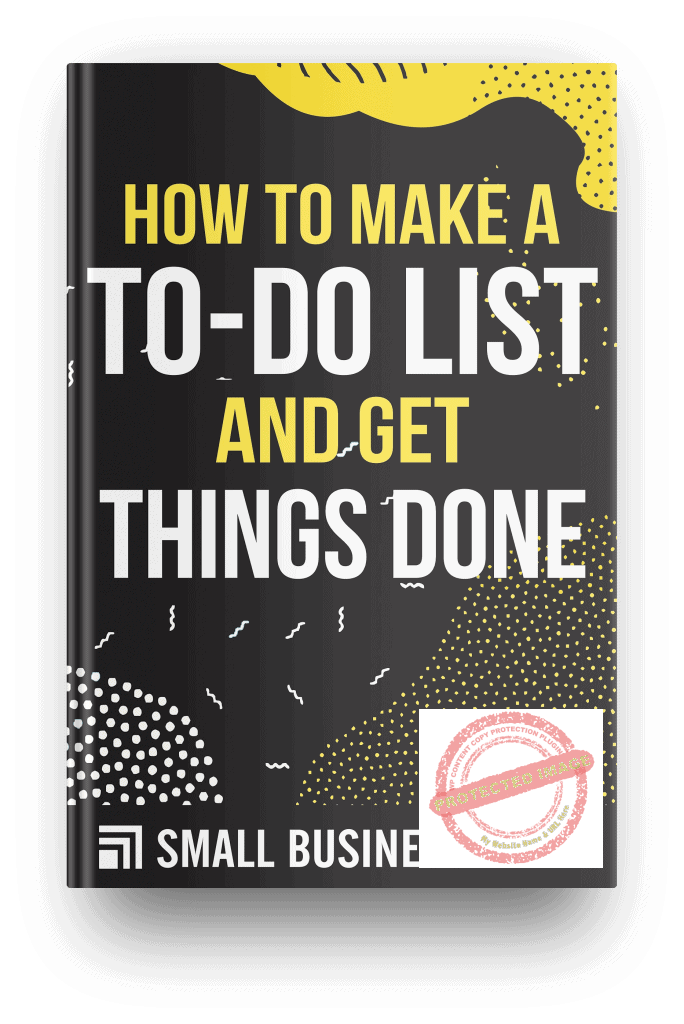Do you often feel pressured under the weight of crucial projects? It’s easy to be overwhelmed by a big task and not know where or how to begin. This is why you need to know how to make a to-do list and get things done.
There are many different types of to-do lists, as well as ways to organize them.
They appeal to different types of people.
Some lists even take an aspect of one method and mix it with another.
Different Types Of To-Do Lists
The ‘Priority’ List
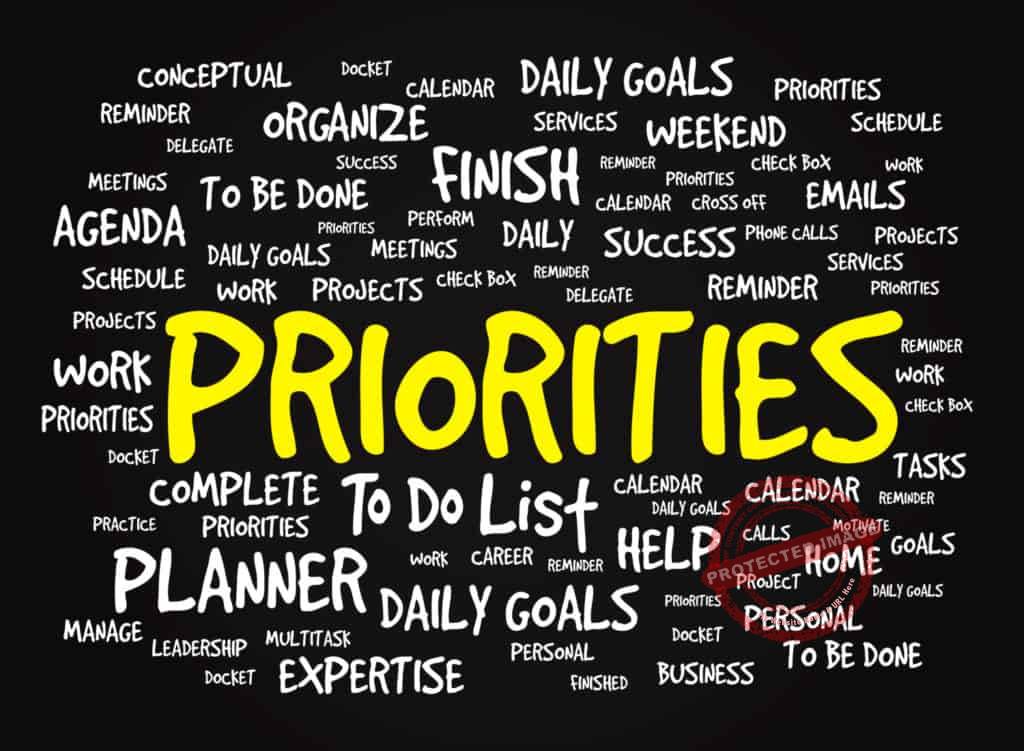
A priority to-do list is one of the first to-do lists you learn when you’re studying how to get things done.
You can make this list by arranging tasks based on how they should be prioritized.
A higher-priority task could be one that has a nearer deadline or one that has a bigger scope.
A lower-priority task, on the other hand, could be one that would require the least effort, or one that has a farther deadline or no deadline at all.
The ‘Segmented’ List

A segmented list can have as many or as few sections as you’d like because how you divide up your tasks is entirely up to you.
You can have different sections for different projects, and you can have different sections for home chores, office tasks, wellness checklists, and so much more!
The ‘Done’ List
The Zeigarnik Effect states that ‘it’s easier to remember something you haven’t done (or something you have started but haven’t finished) over something you have straight-up completed’.
At the end of the day, some people feel unsettling anxiety about how their day has gone by, especially when they start to feel like they haven’t done much of anything.
This is why the done list has gained a good share of popularity.
The done list allows you to look back on tasks you’ve already accomplished and, along with a to-do list, gives you a complete perspective of your daily, weekly, and monthly tasks.
How To Organize Your To-Do List
The ‘SUG’ Method

The SUG method is a pretty straight-up method of grouping your tasks and finding out which of them makes their way onto your daily to-do list.
SUG stands for Seriousness, Urgency, and Growth.
It’s a great method to use when organizing tasks at work, and it’s one of the best ways to determine how high or how low a task’s priority should be, or if it should even be prioritized at all.
Basically, you’ll be asking yourself the following questions.
The answers to the first two questions could be a number or some sort of a numerical counterpart.
These can be arranged like ‘very important, important, moderately important, slightly important, or not important’.
It could also be as simple as ‘high, medium, or low’. The last question is simply answered by ‘yes or no’.
Seriousness: How Important Is This Task Or Issue?

A more vital task could easily get lost among several less important issues.
Take your list and decide on their importance, making sure to dig in real deep.
Some tasks might look important, but tackling the task wouldn’t add to the overall value of your project.
Urgency: How Long Will It Take To Complete?
An important task that will take a few days to complete should be prioritized over a similarly important task that will take just a day to finish.
If the tasks are both important and urgent, ask yourself the next question.
Growth: Will This Issue Get Worse If I Wait To Tackle It?
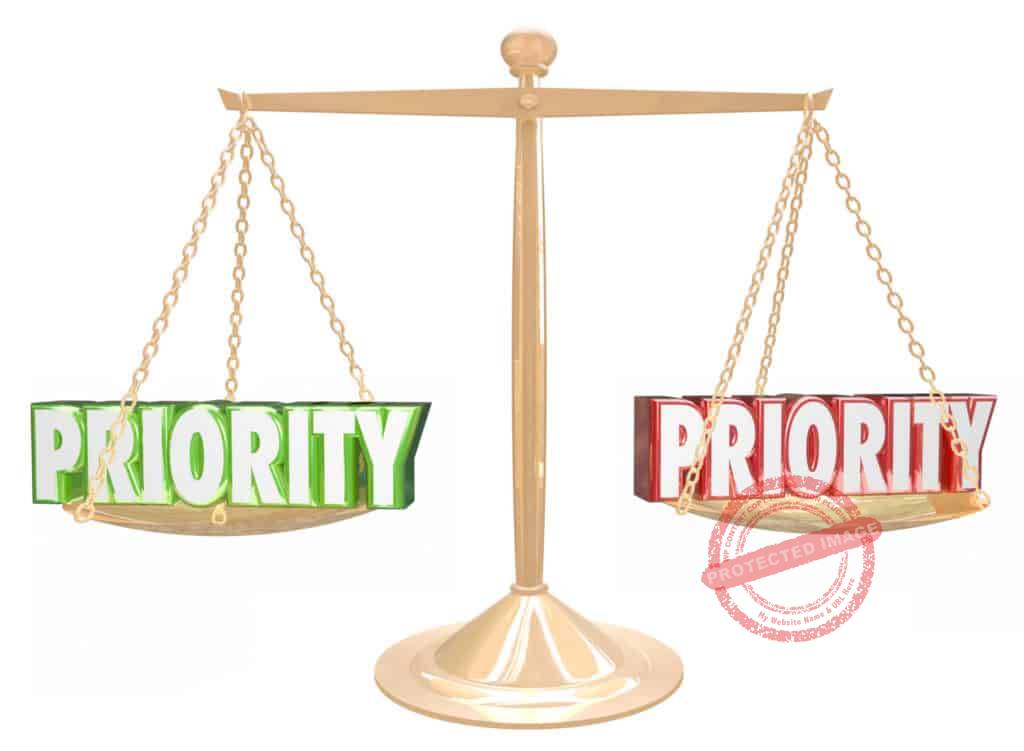
This tie-breaker question asks what happens when you prioritize one urgent and important issue over another.
A good example is often seen in software development projects.
A feature may be important, but an existing bug could get worse over time especially with a client-facing software program.
If you’re leading a team, some additional questions are useful, too.
For every SUG question, ask yourself the following additional questions:
Can This Task Be Delegated?

As a leader, there are a number of tasks that rely solely on your abilities.
Other tasks are better off delegated, and your team members may be better suited for these tasks, thereby getting more things done.
Can This Task Be Automated?
Many everyday tasks like creating end-of-day reports can be automated.
Automate whatever tasks you can.
Start organizing tasks at work.
You’ll find yourself with more downtime during the day, which you can then go fill with other, more meaningful tasks.
Can This Be A Teachable Moment?
The opportunity to teach or mentor others may arise.
As a business leader, you should be able to recognize almost instantly when these opportunities arise.
The chance to teach isn’t just about guiding your members through the highly technical stuff.
Once your team members learn to do this task, you can almost permanently cross it off your personal to-do list.
The ‘1-3-5’ Rule

The 1-3-5 rule assumes that you have space in your daily schedule to do 1 big thing, 3 medium things, and 5 little things.
However, you should decide these things before you start your day.
This means that these aren’t just tasks that you happen to stumble upon throughout your day.
These are the things you choose or aim to do, rather than the things that just get thrown your way.
This rule, however, is a flexible one.
If you have a higher-up who spontaneously throws you new and different tasks each day, you might want to leave a space or two on your medium and little things to do.
Or if meetings take a big chunk of your day, you’re going to need to adjust as well.
The ‘If/Then’ Model

When you’re making a to-do list, you’re expecting yourself to have the energy to complete all the tasks on your list.
For some days, however, this may not be the case.
There are days when you feel like you can take on whatever life and work throw at you, and there are days when getting out of bed takes half of your energy for the day.
With an ‘if/then’ model, you’re basically making two versions of your to-do list, usually in two columns.
The first version is your ideal to-do list.
This is the ‘if’ on your model.
This contains a reasonable amount of tasks you aim to do in a given timeframe if your energy and motivation permit.

The second version, on the other hand, is the ‘then’ of your model.
This list contains a number of less meaningful tasks for those days when you don’t have enough energy and motivation to get you through.
This model helps you with getting things done even if you don’t have the drive to get things done.
How To Make An Effective To-Do List

Your productivity could depend on how effective your to-do list is, so take the time to make and develop your task list.
If you’re looking for ways on how to make a to-do list, here are some things you might want to keep in mind:
Pick A Tool (Or Tools)
While the good old pen and paper is a nice start, there are numerous task management apps, programs, and tools that you can use to make your list.
Any smartphone with a calendar or reminder app will have some sort of built-in task management features for those looking to make some quick to-do lists.
You’re learning how to focus, but it doesn’t mean that you need to focus on one tool alone.
You could have meetings to attend on one app, shopping list on pen and paper and personal appointments on your planner.
Portable tools are great for when you aren’t confined to the four walls of an office.
Break Your Tasks Down

When learning how to create a task list, you need to remember that list entries must be broken down to their simplest forms.
If you’re working with a team, each task must be assignable to a single person, with estimates of the time required depending only on that person.
Always be specific when assigning tasks.
If your to-do list is a personal one, make sure that each task on your list is something that only you can do.
If you’re expecting some help for you to finish a job, make it so that your to-do list entry indicates only your part of the bargain and not the job as a whole.
Specify Your Tasks

You make a to-do list because you’re feeling motivated.
Nobody writes a to-do list that they know they’re never going to finish.
To-do lists are inherently optimistic, and this is why to-do lists can be so vague.
When you start to write a to-do list, you’re hopeful that your enthusiasm for your tasks will still be there when it’s actually time to do your tasks.
This isn’t always the case though, so you need to be specific. Every entry should at least include answers to the questions of what, who, when, where and why.
So don’t just put ‘write a report’ on your to-do list.
What is the report for and which part would you need to write?
Who is it for and when does the person need it?
Answer these questions so you won’t have to rack your brains for details when you actually need to start with the task.
This is how to create a task list that’s effective and easy to understand.
Categorize Your Tasks

You can separate your home tasks from your office tasks and categorize them based on priority.
You can also categorize tasks that you can delegate to your team.
If you have a long list of things to do, you can categorize them based on perceived importance.
This is a great way to find out which of them you can drop or defer.
Whatever you do, do not treat all tasks equally.
Some tasks are definitely more important and more urgent than others.
Time-block
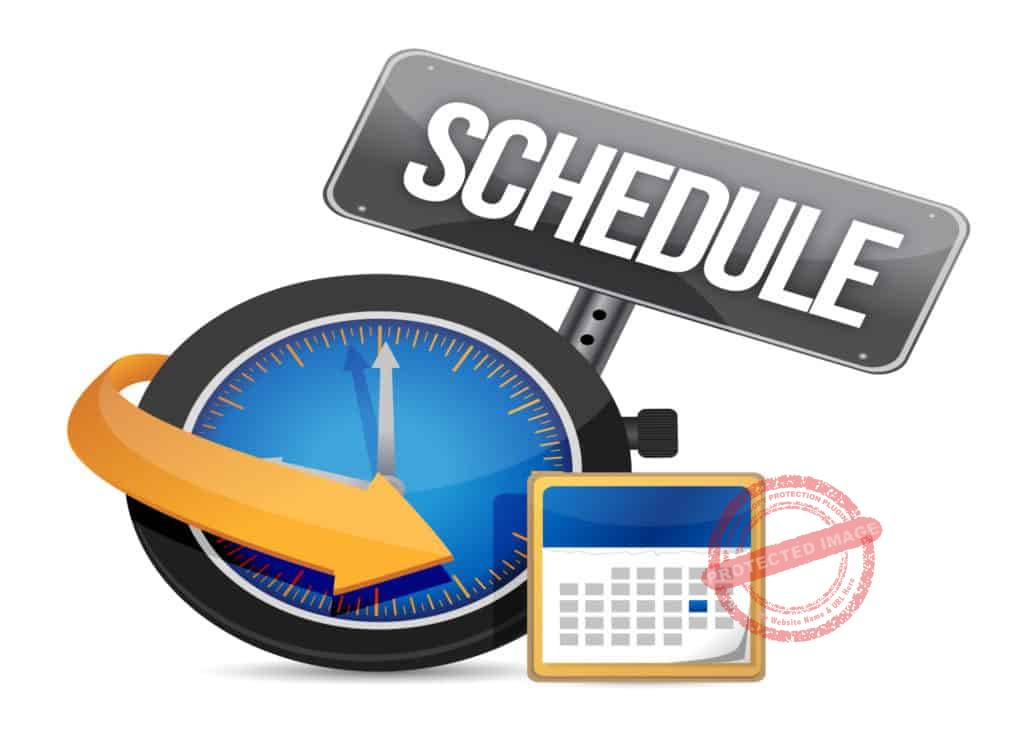
Writing your to-do list is well and good, but you’re doing it wrong if you’re not time-blocking.
Time-blocking is the practice of assigning tasks into specified schedules.
This is like having an itinerary for your everyday life.
Time-blocking helps you stay focused, being particularly wary of interruptions and distractions.
Answering non-urgent emails and taking unnecessary calls can take you off course.
You can waste a lot of time each time you heed the call of distraction.
Choose Quality Over Quantity

At the end of the day, looking at your done list should give you a pleasant feeling.
Your to-do list is most likely a compilation of big, medium and small tasks.
You need a list of tasks that are of different levels of complexity and importance.
Look at your list and see that you’ve spent at least half of your working day dedicated to important, meaningful tasks.
You don’t need to put a lot of small, mindless tasks on your to-do lists because you’d only be giving yourself a false sense of productivity and achievement.
Pick A Time
You can make your list before your day starts or even the night before.
Some even make their lists during lunch when they’ve already got a gist of what the rest of their day holds.
Toss Unfinished Tasks

The end of the day is a great time to look at your list.
If you have unfinished tasks on your list, you might want to reconsider their importance.
It’s counterproductive to just put the same things you couldn’t do over and over again on your list, only to have it thrown into the tomorrow’s list again.
If you can’t find the time for a task every day, you need to consider if it is important or urgent.
Don’t Turn Your To-do List Into A Wish List
While a wish list is a good list to have, you have to be careful about turning your to-do list into a wish list.
Your wish list could contain things you aspire to do, and these usually do not have time constraints.
These are the things that you could do if you find the time, or the money, or the energy.
While it’s good to have a wish list and look at it from time to time, it could easily distract you from your everyday tasks, making for a less effective to-do list.
How To Be More Productive

Now that you know how to make a to-do list, you need to now learn how to make them work.
When you’re new to it, following a to-do list might seem boring and downright robotic.
But when it works, it’s a pleasant feeling.
This is because you’re keeping track of your tasks and your progress.
You’re aware of your productivity, and you’re getting more things done.
Following your list takes a lot of discipline, but here are some tips that can help you stay on track.
Say No To E-mails
That’s at the start of the day, at least.
If replying to emails isn’t on your to-do list first thing in the morning, keep away from opening your mail.
Replying to emails about yesterday’s issues can keep you away from finishing your to-do tasks for the day.
Opening your mail can be one of your biggest distractions, and you should only do it when you have some downtime.
Change And Adapt
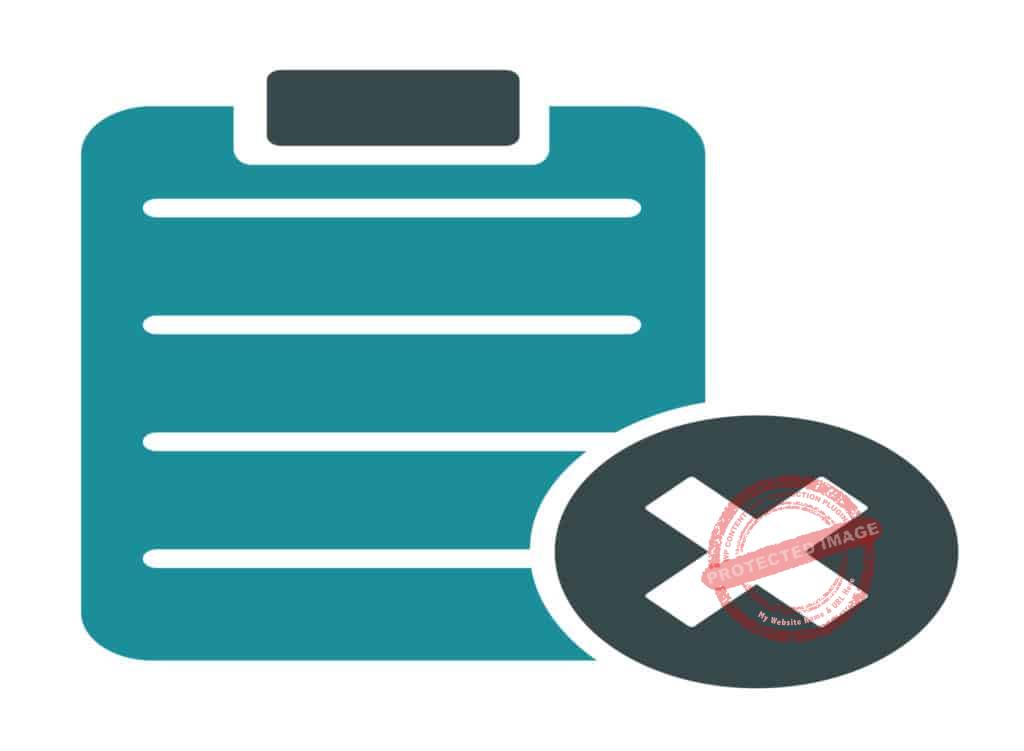
You wrote your to-do lists, and you can change it.
Even in the middle of the day, you can add, erase or modify a task in your list.
New challenges may arise, and they can reduce even the most important task in your list to the least important.
Don’t be frustrated if your to-do list has a lot of things canceled out.
Look At Your To-do List
If you’re not using it, you might as well just lose it.
Looking at your list every now and then not only helps you keep your focus.
It helps you stay on track.
By regularly crossing out those tasks you’ve completed, you’re getting that much-needed boost due to your productivity and accomplishments, however small they are.
Get A Partner

Learning how to focus isn’t easy, but staying on track when you have a partner is a lot easier.
Procrastination can hide behind checking emails, searching for stuff and other small, mindless tasks.
There can be lots of diversions when you’re working, and sometimes you just need someone to remind you to stay focused.
Create A Reward System
A reward system can help you get more motivation for following your to-do list.
Attach a reason and reward for every task, so you have an incentive to finish them on time.
Pair small tasks with small rewards and bigger tasks with bigger rewards.
Lastly, Keep Going
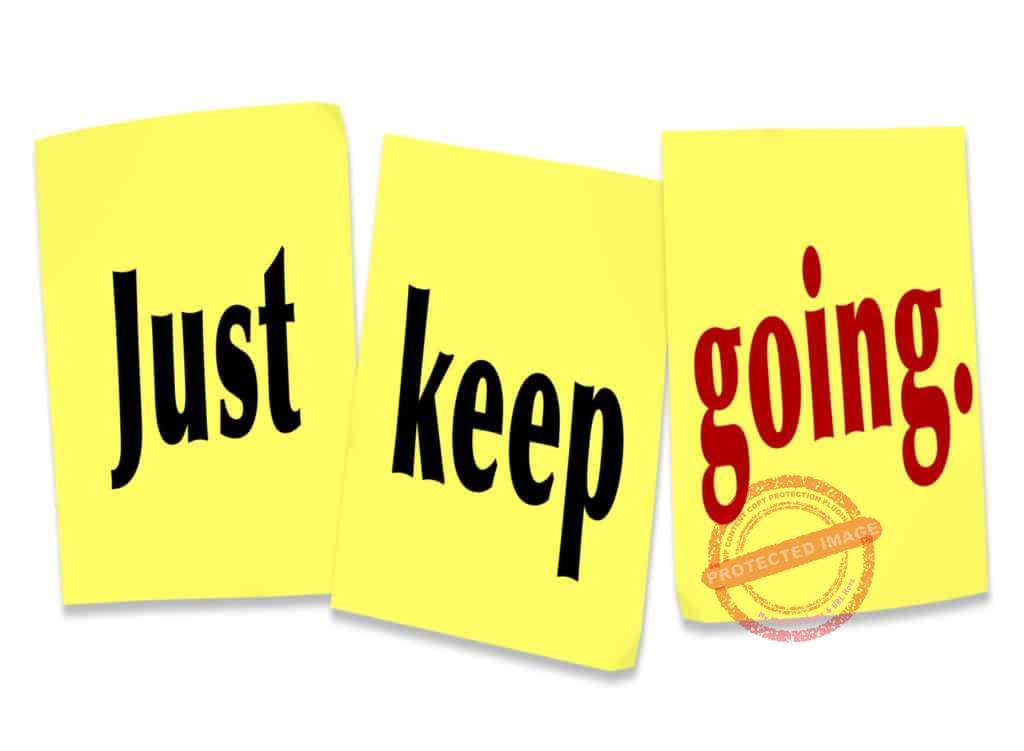
Making a to-do list should help you get more things done.
It helps you remember tasks better, ensuring that no task gets overlooked.
However, a to-do list is only effective when you can keep going with your tasks.
The way to do it is to start fresh every day.
Every day brings new and different challenges, and you need a to-do list that tackles the new and ever-changing day.
Which of the above to-do list styles have you tried and how did it work out for you?
Do share your experience with us!
Click on Buy Now For a PDF Version of This Blog Post
 |
